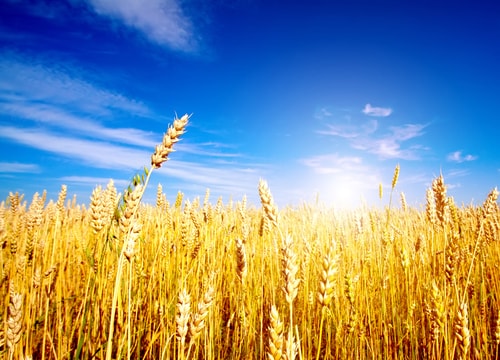Canadian governments investing $1.1 million
By Diego Flammini, Farms.com
A feed mill in Winnipeg is receiving government funding to install two new, infrared grain sorters.
Approximately $1.1 million will be given to Standard Nutrition Canada Co. by various levels of governments. The grain sorters will be able to identify and remove subpar grain kernels, making the final product the highest quality possible.

"This investment will help recapture more value from Manitoba's grains and create new marketing opportunities,” said Ron Kostyshyn, Manitoba Agriculture, Food and Rural Development Minister. “The damage caused by fusarium and ergot can be a significant cost for Manitoba's farmers and across the entire industry. This new infrared equipment is an innovative solution, with significant financial and environmental benefits."
Standard Nutrition Canada Co. will match the government’s investment and put in $1.1 million of their own money to further along the project.
"The sourcing of clean high quality grain has become a major issue in our region,” said Jason McNaughton, President and General Manager of Standard Nutrition Canada Co. “In many cases these grains are shipped to markets over long distances, which also decreases the margin potential for our growers. This investment by our company and governments is a key step in reclaiming the value of local crops while maintaining the integrity of the food we produce."
Minister Kostyshyn, who was joined by Minister of State Kevin Sorenson said the investment is part of the Grain Innovation Hub – a joint effort announced by the Manitoba and Canadian governments in 2014.
The goal of the Hub is to invest $33 million to help re-establish Manitoba as a leading force in grain research, processing and production.
Tell us your thoughts about governments investing in Manitoba’s grain sector. As a farmer are you encouraged by the investment and the possibilities it can have on your profits?